Text: Virginia Servera. Photos: Pep Caparrós.
He studied Fine Arts for three months and became disenchanted. He discovered that training requires discipline but not necessarily academic. His path would be freer, self-taught and, above all, passionate. Albert Pinya (1985) hides his shyness behind sunglasses but he is not lacking in confidence to state categorically that art justifies his existence, his passage through life: “It is the sea in which I swim”, he points out. A mural of him in the fitting rooms of a Palma shop was the chance that led him to meet the critic, professor and creator of the Italian transvanguardia, Achille Bonito Oliva, in 2008. The same man who years before had accompanied him in his books. With him, and later with the prestigious Mallorcan gallery owner Ferran Cano, Pinya took his first steps. Today he maintains the enthusiasm he had then and vehemently defends the idea that art should reach all corners of the world: “It should be sold in pharmacies and without prescription”, he jokes.
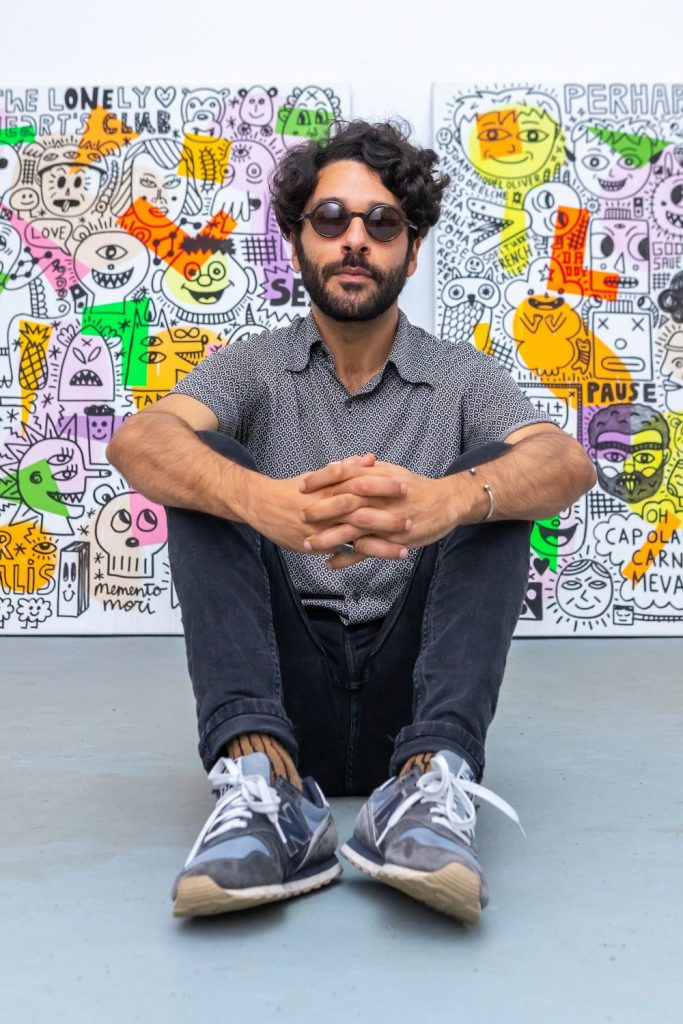
-The Nuvolet in the so-called urban forest of Palma, Eye Proverb in the middle of Madrid’s Gran Vía… Where would you like to take your next public sculpture?
-Chicago would be a spectacular context because there is a long tradition there, with artists who are considered masters and references. It would be a dream for me.
-What would you say to those who call your work naïve or even childish?
-Apparently naïve, -he corrects-. I would tell them that they are absolutely right because my work draws a lot from the animated series I watched as a child, from comics… Naivety is a kind of armour or tool with which I can confront perversion and contamination, and approach a type of subject matter in a much freer and unprejudiced way.
“Art should be sold in pharmacies without prescription”
-What are the themes most present in your work?
-Poetry has always accompanied me; I consider myself a kind of frustrated writer. I am currently working on an archive linked to the poetry of the Pitiüses islands, which will include illustrations. Gastronomy also has a place in my work. As a result of a commission from the chef María Solivellas in 2011, I began to discover a series of inputs that opened up another very referenced path in my painting: landscape. For many years I worked on recovering it. I talked about authors like Rafael Joan, Andreu Terrades, Pere Jaume… This is directly related to my way of seeing life. I always try to live on the fringes of the digital environment; I’ve never had social networks and I don’t have WhatsApp.
-Why this anachronistic attitude?
-I often repeat that the more I refine my discourse, the closer I feel to the caveman. I also like to vindicate artisanal processes, another constant in my work. A great example of this are the collaborations I’ve been doing with the ceramist Joan Pere Català Roig for the last six years.
-How has your work evolved?
-At the beginning of my career I worked more from a provocative point of view and maintained a much more irreverent discourse. When I recovered the landscape and considering everything that has been done in the art world (a woman masturbating with a crucifix, a pope crushed by a meteorite…), it seemed to me that to transgress at a time like the present, somewhat apocalyptic, was to paint a tree, some chickens, an apple…
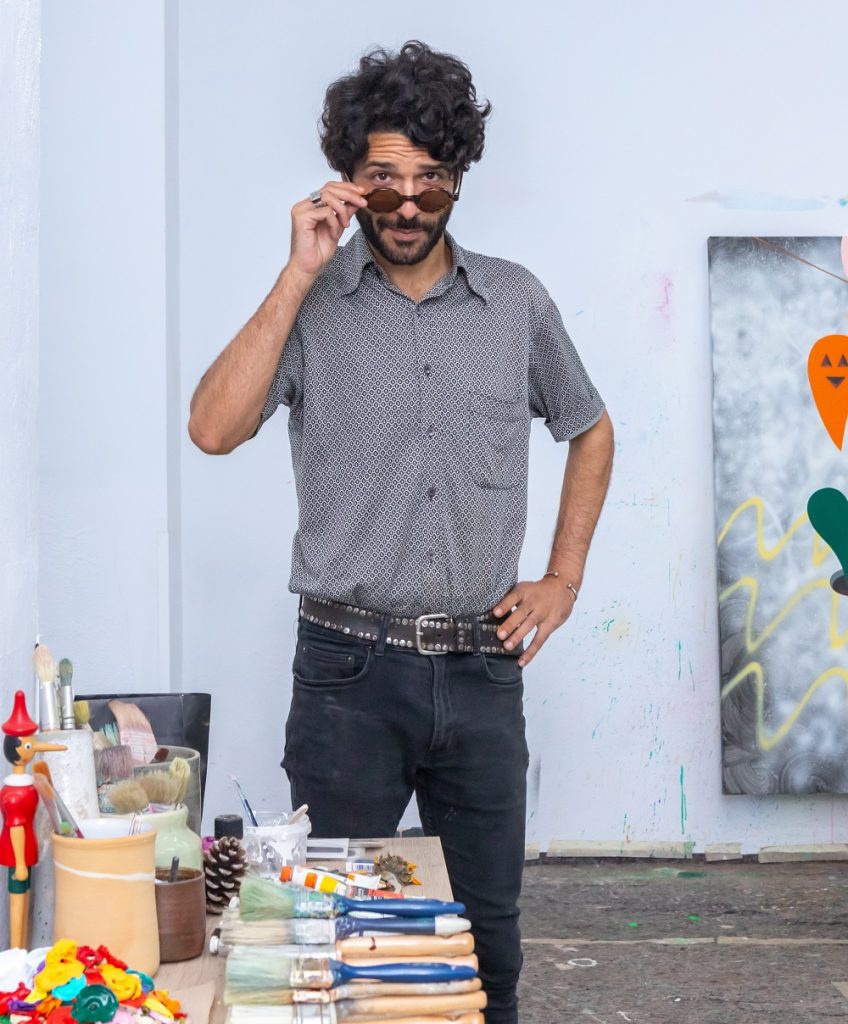
-What is the artist’s commitment to the social reality of the moment?
-The artist must take on the role of a thinker who is constantly raising questions to society, raising awareness or encouraging a culture of thought. Art can have a playful side but it must generate doubts, suspicions about what surrounds us. In my case, nature and landscape are a way of going back to the origins and appealing to collective responsibility, to become aware of what we eat, of the magnitude of climate change…
-You often talk about integrating art into everyday life. How do you achieve that?
-Art has to get out of the white cubes and the more conventional exhibition spaces. I like, for example, to collaborate with a farmer who is picking almonds and suddenly wants to market his product and asks me for a drawing for his packaging. It’s another way of bringing art closer to the public. I usually talk about the versatility of the artist. If all my life I had to be painting pictures or doing the same exercise in the studio, it would be like a metaphorical death for me.
-Couldn’t someone confront you by saying that this detracts from the artistic value of your work?
-Most probably yes, but for me everything is still a creative process, a construction of ideas. For me, the drawing I do for a book cover is just as important as an exhibition because I approach it with the same excitement, curiosity and intensity. I seek excellence but not elitism.
-What projects do you have in view for 2024?
-I start in Rotterdam in February with an exhibition (ART). In April-May I’m going to Amsterdam for a residency because I’m opening there in May. In July I have an exhibition at Estudi Tur Costa, in Eivissa, and in Inca, in November, I’ve committed to the Museu del Calçat to do an exhibition in which we’ll present the collaboration I’m carrying out with Lottusse.


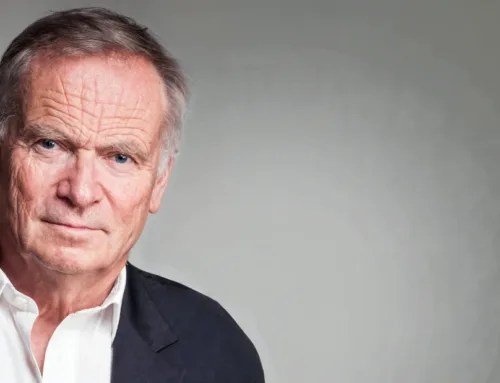
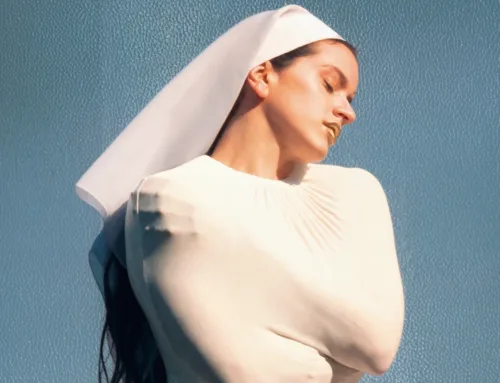
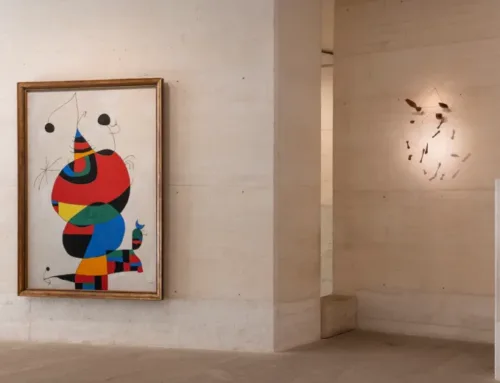
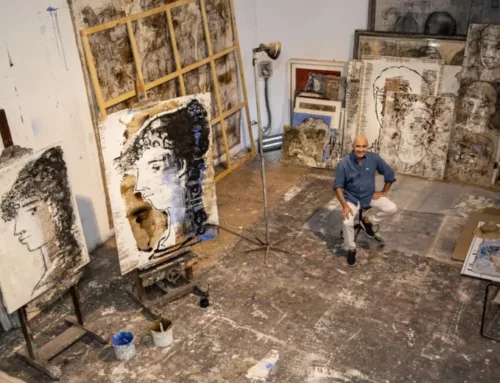

Leave A Comment